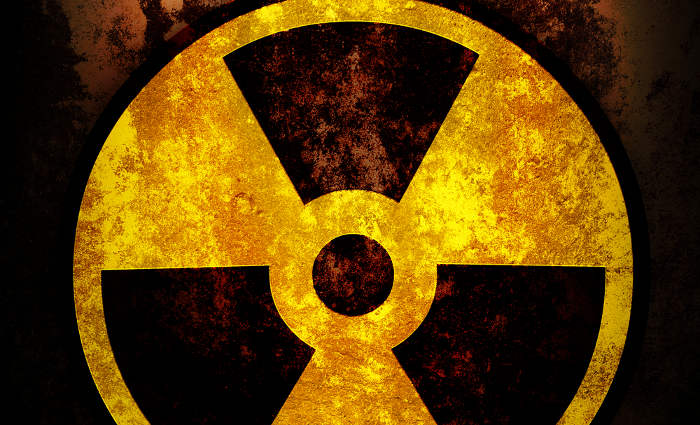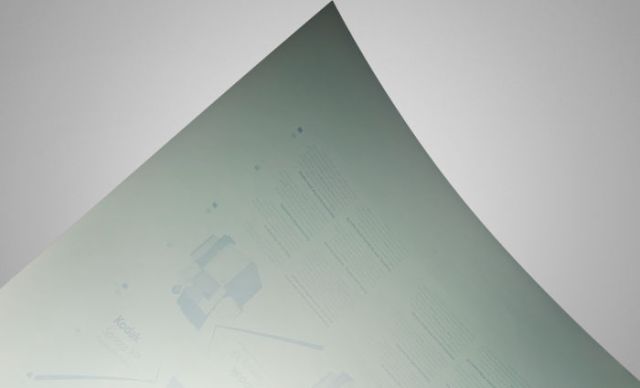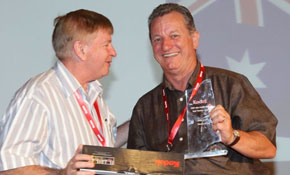
The reactor’s existence was recently publicised by the Democrat and Chronicle, after an employee mentioned it to a reporter from the local newspaper.
According to the report, the reactor was housed in a two-foot-thick, concrete-walled bunker beneath the basement of Building 82 in the Kodak Park research complex.
While the relevant Federal regulators and Kodak research scientists who worked in the facility were aware of its existence, city officials and residents were in the dark.
A Kodak company spokesman told the Democrat and Chronicle that he could find no record of any public announcement about the facility and that he was unsure if the company had ever notified local police, fire or hazardous-material officers.
One good reason for the high-level of secrecy around the reactor, which was used for research purposes, was the fact that it contained 1.5kg of highly enriched, weapons-grade uranium.
According to nuclear non-proliferation experts, for an industrial manufacturer to be in possession of even a small quantity of this highly-controlled radioactive substance is almost unheard of.
“It’s such an odd situation because private companies just don’t have this material,” Miles Pomper, senior research associate at Washington’s Centre for Nonproliferation Studies told the local newspaper.
The reactor was a californium neutron flux multiplier or CFX, so-called because it contained small plates of highly enriched uranium that multiplied the neutron flow from a tiny californium-252 radioactive core.
The resulting neutron beam was used to check chemicals and other materials for impurities and for tests related to neutron radiography, a former Kodak reseach scientist told the Democrat and Chronicle.
Kodak’s CFX reactor was built in 1978, at which time no other American industrial firm had anything like it, and dismantled in 2007 after the company decided that it was no longer required. “There were alternative and less expensive means to obtain the analytical results,” said the spokesman.
Since then the chamber that used to house the reactor has been cleaned and deemed fit for reuse, although it remains empty.
This article originally appeared at printweek.com
Comment below to have your say on this story.
If you have a news story or tip-off, get in touch at editorial@sprinter.com.au.
Sign up to the Sprinter newsletter


